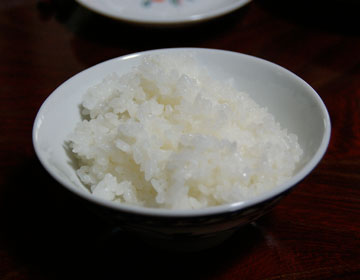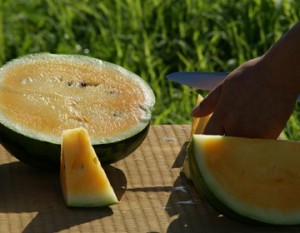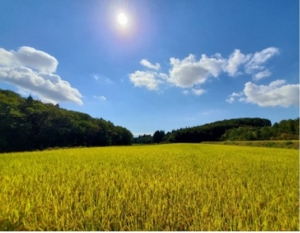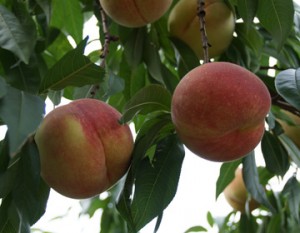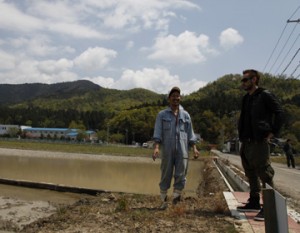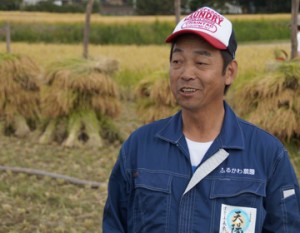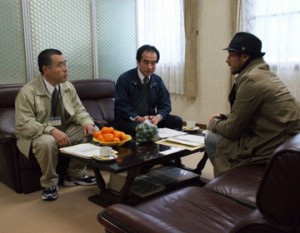To keep agriculture from deteriorating
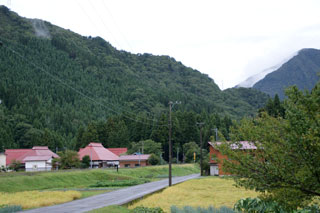
Aga River flows from Fukushima and Gunma into Sea of Japan through Aga-town with abundant amount of water. Signature scenery of good old days, the farmlands and villages remain in the countryside. “Echigo Farm” first started when a business owner and a producer met here. Hiromitsu Chikamasa originally was in the real estate business in Tokyo. He felt a sense of crisis regarding Japan’s low food self-sufficiency rate and deterioration of farmlands and decided to start up a project team to preserve Japanese farms. He was travelling in Niigata in search for potential farmland. That is when he met Masanori Kiyota, who is the current head producer. They instantly had mutual understanding with each other and decided to start “Echigo Farm” to produce safe, delicious rice in Okuaga, an area ideal for growing rice and is where Kiyota was born and raised.
Koshihikari, native variety of rice
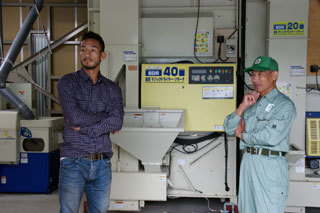
Echigo Farm puts their effort into producing safe rice” and ”delicious rice.” It is very simple. They do not grow ”Koshihikari BL” but germinates seed rice of the native variety of ”Koshihikari.” In Niigata, ”Koshihikari BL” is recommended as it is resistant against blast disease. However, Echigo Farm uses native variety of ”Koshihikari” because of its good taste. Echigo Farm takes extra care to prevent blast disease when cultivating rice. After germinating the seeds, they do not use any pesticides or chemical fertilizers, but use gravity feed irrigation to grow the rice. The rice is grown by natural, organic farming.
Cooked rice that is sweet even when it is cold.
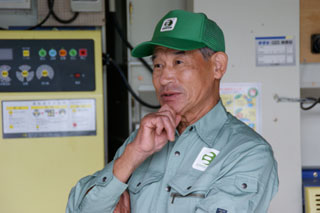
The greatest feature of Echigo Farm’s rice is, “Rice that is sweet even when cold.” This is made by the night/day temperature difference in Okuaga and the pure fresh water from the mountains. In other words, it is a product of nature. Masanori Kiyota, the head producer still goes out to the fields despite his age. He always says, “I am a first grader every year when it come to farming.” and “You learn something everyday.” Kiyota applies his knowledge of the climate and the seasons of Aga-town to the condition of each rice field, so that the strength of the land will make the best rice possible. “
Storing unshelled rice
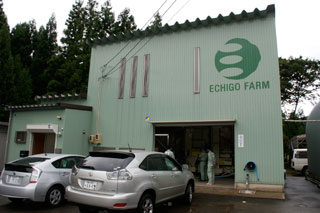
How the rice is stored after they are harvested is an important factor in making delicious rice. That is storing unshelled rice in low temperature and hulling them just before shipping them. In the old days farmers stored unshelled rice in low temperature, then hulled the rice, inspected the rice, and milled the rice just before shipment. Rice stored unshelled taste better than rice stored unpolished because moisture and ”umami” is locked in and keeps the rice very fresh. This method would keep the rice as fresh as new rice. Echigo Farm spares no labor to produce, store and deliver fresh, delicious rice to its customers. The power of nature together with their endless effort make it possible to produce sweet delicious rice.



